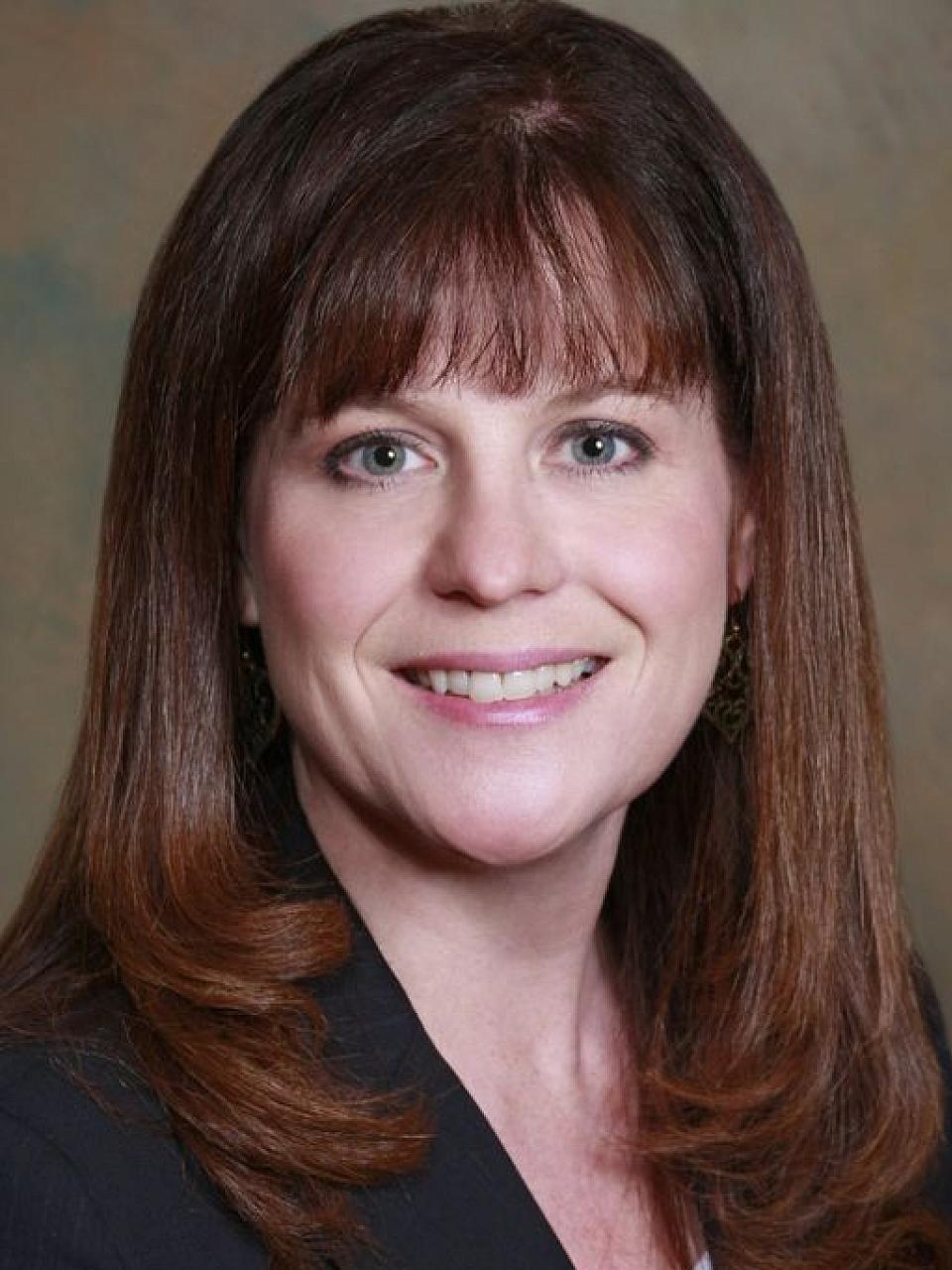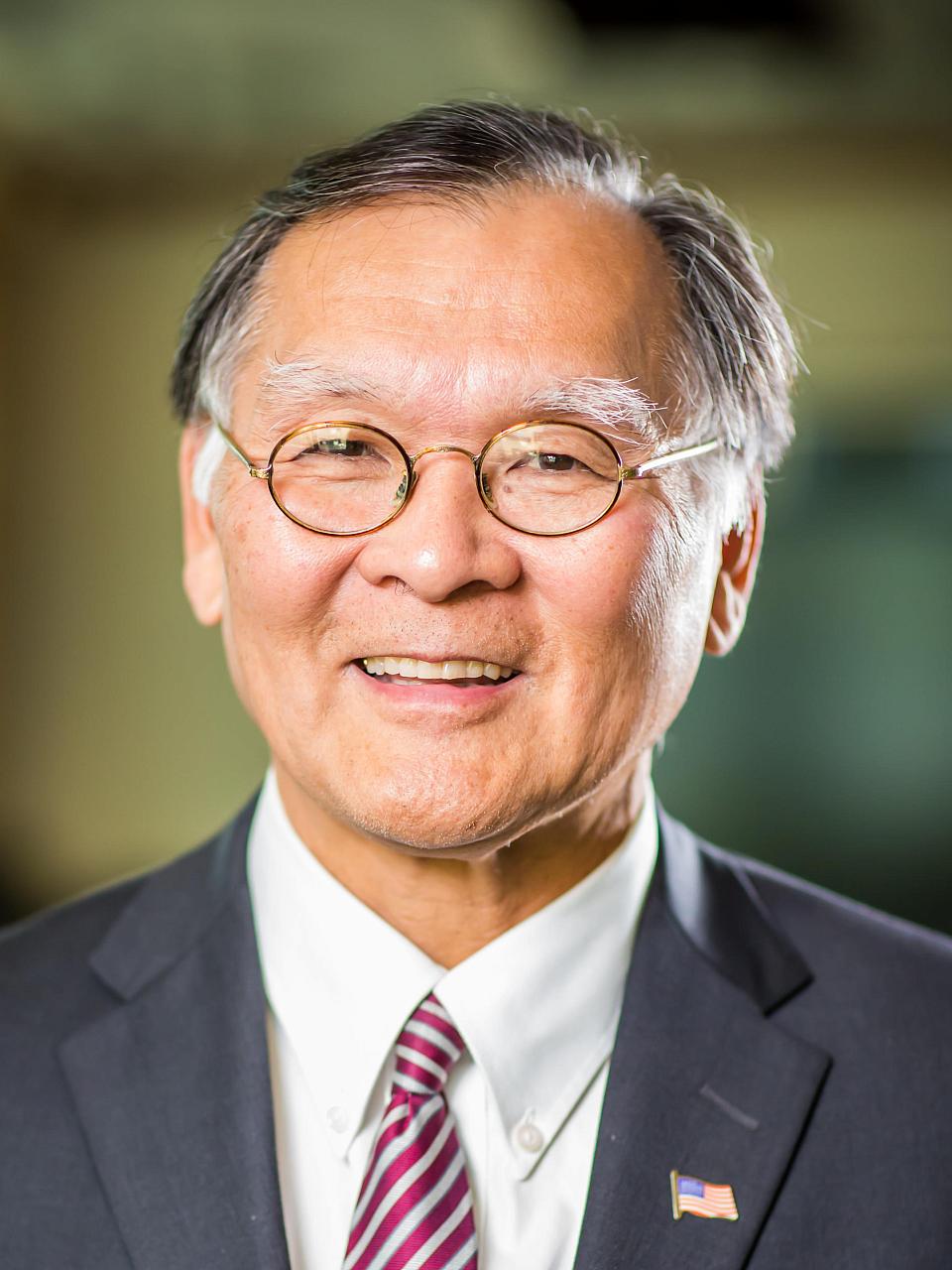Voices of U of U Health
Utah’s Associate Physician Law Benefits Students and Providers
Every spring in March, medical school students around the country anxiously await news about their next step: residency. But not everyone is lucky enough to “match”— to be accepted into a residency program to continue their training.
About one out of 10 medical students in the US didn't match this year. The reasons are complex, but one thing is clear: There are more students than resident spots, especially in popular specialties. In 2022, more than 3,000 students graduated from US medical schools but did not match.
In 2018, the Utah Legislature responded by passing the Associate Physician Law. Thanks to updates to the law earlier this year, recent medical school graduates who have not yet matched can work for up to six years as associate physicians. These graduates are supervised by a licensed physician.
We believe this is an opportunity to help patients, providers, and the unmatched graduates—simultaneously.
When medical school graduates don't match, they often have nowhere to go. They’re working as medical assistants or at McDonald’s—or somewhere in between—and that doesn’t help them get on with their education and become a full-fledged physician.
Becoming an associate physician could be the solution—until they match.
An Evolving Law
The Utah law initially required associate physicians to work in primary care within an under-resourced community. Now, after changes in the law, graduates can work in almost any specialty in any community.
The job is a stopgap—not a stop—in their training. It is not intended to replace a residency.
But it can benefit everyone. Having associate physicians in a busy office can help patients be seen sooner.
Some doctors say it's already working.
One physician says the associate physician in her office has become incredibly valuable. The associate helps decrease the office workload. Patients feel good about their care.

More Medical Schools, More Need
The growth of osteopathic medical schools—including two new schools in Utah—is only exacerbating the challenge. As more students graduate, more will be looking for residency slots.
This trend could make associate physician positions an appealing option for more unmatched graduates. We hope Utah doctors understand their value. By hiring an associate physician, they can help their practice and help medical school graduates at the same time.
Utah isn't the only state with an associate physician law. But the law sometimes draws medical school graduates from other states. They haven’t matched and hope to gain experience working here.
Yet the number of associate physicians in Utah currently remains small—fewer than 10—in part because the mechanism for billing them isn't always in place.
Not a Substitution for Residency
Though these associate physicians have graduated from medical school, they are not considered “fully trained.” It’s residencies that provide more specialized training.
Doctors may be unsure what an associate physician can offer their office. Some providers may feel skeptical about the benefit of hiring one.
In fact, associate physicians provide an extra set of hands. When patients can’t see a busy doctor, they may be very happy to see an associate physician. The MD or DO will typically see the patient as well. Utah law requires associate physicians to disclose their status.
Becoming an associate physician can help an unmatched graduate be better prepared for a residency. They become more familiar with the inner workings of an office or clinic. They gain an understanding of the challenges they may face as a physician.
They expand their knowledge and experience of care by treating a variety of patients. This strengthens their ability to work within a care team.
All these experiences may make them a more desirable candidate the next time they attempt to match.
Keeping Up the Pace
In an ideal world, there would be no need for an associate physician law. But there’s hyper competition for a limited number of residency spots.
The number of spots has not gone up equal to the growth of students graduating from medical school—or the growth in Utah.
Utah grew by more than 18 percent between 2010 and 2020, a higher rate than any other state in the nation. As with many other states, Utah needs more providers to match its pace of growth.
In the meantime, associate physicians could help increase access to health care while helping future doctors.
Utah physicians who are interested in adding an associate physician to their team can contact the Utah Medical Association (UMA).
Utah medical school graduates who have not matched can also contact the UMA for more information.

